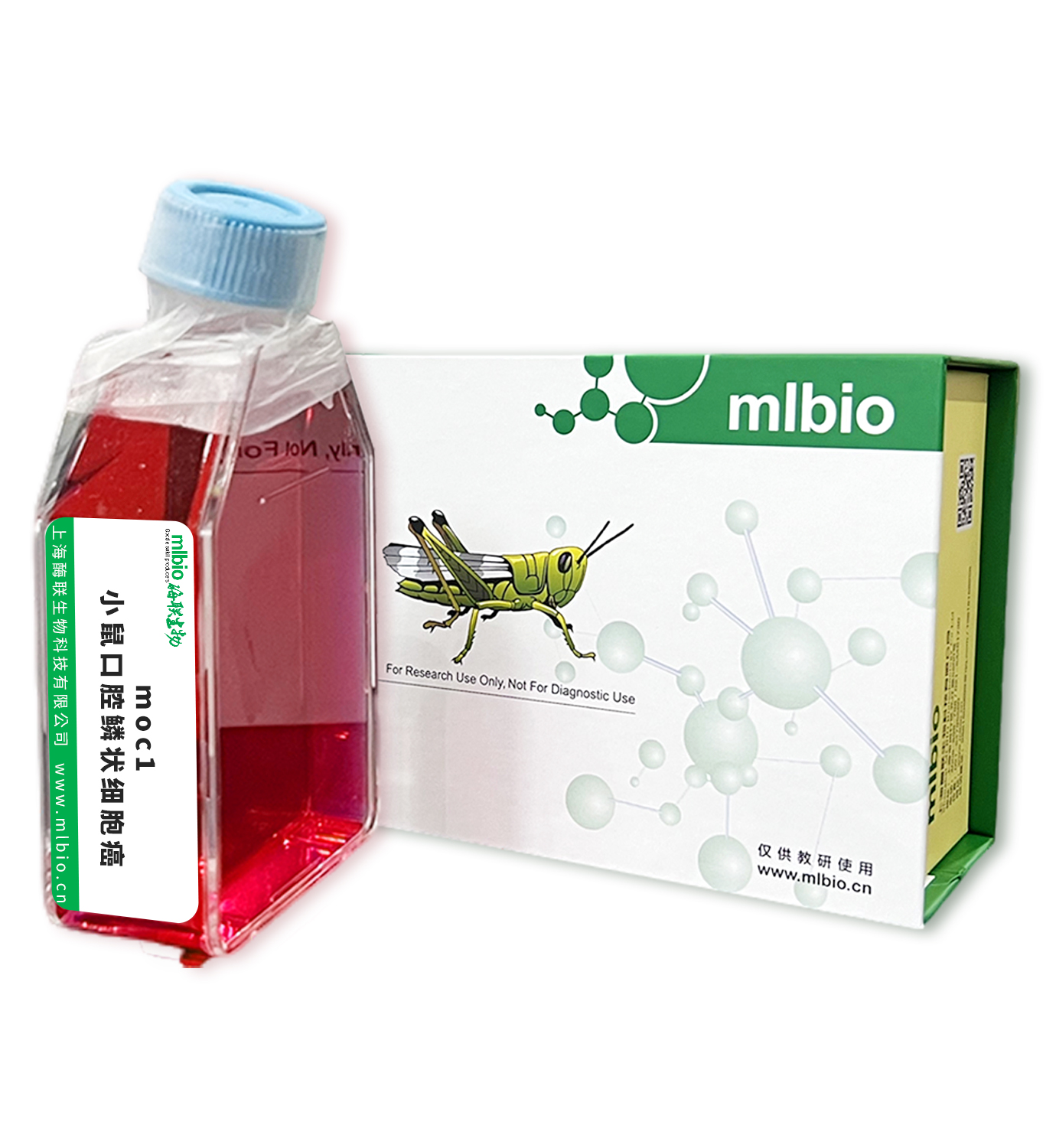酶联承诺
-
品质保证
防伪易碎商标贴,四招助您分辨真假。 -
送货保障
产品均有现货,多家快递公司合作准时到达。 -
售后服务
产品及实验问题,提供技术支持保障。
关注酶联


上海酶联生物科技有限公司
Shanghai Enzyme-linked Biotechnology Co., Ltd.
订购热线:15216759556 / 021-54720761
传 真:021-54222852
地址:上海市松江区云凯路66号T2楼1603室
 酶联官方手机二维码
酶联官方手机二维码
微信扫描二维码,参与酶联活动, 劲爆优惠触手可得!










.png)
.png)
